
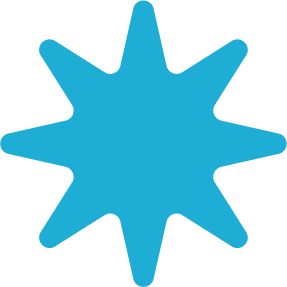

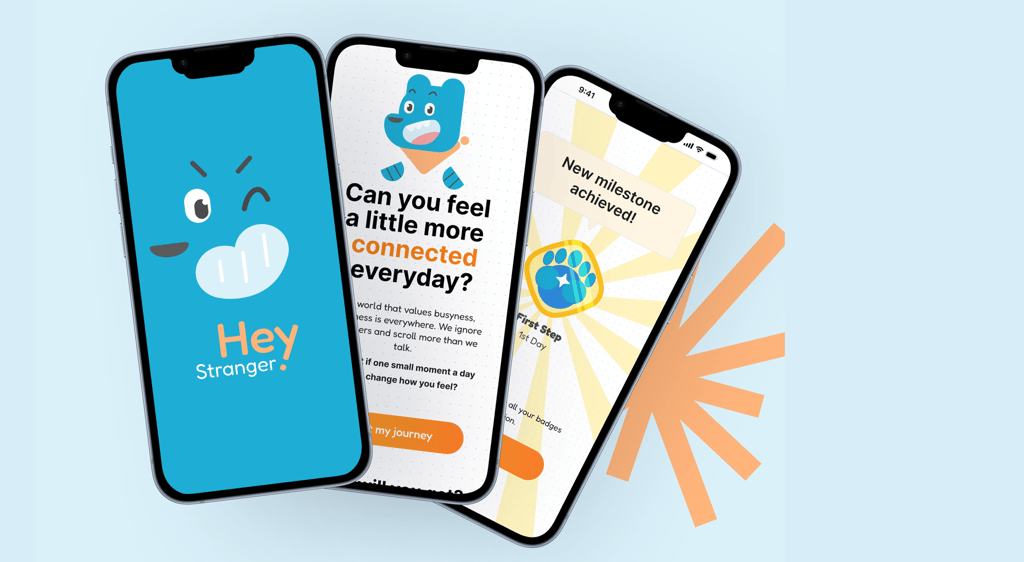

Hey Stranger!
@Accenture the Dock
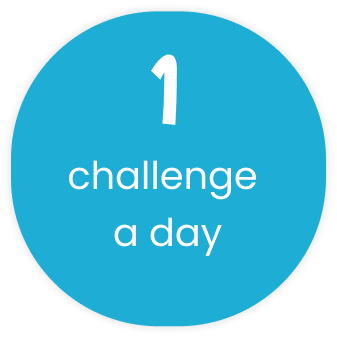

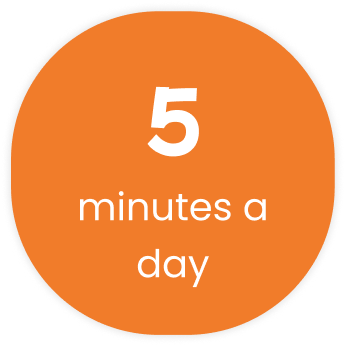

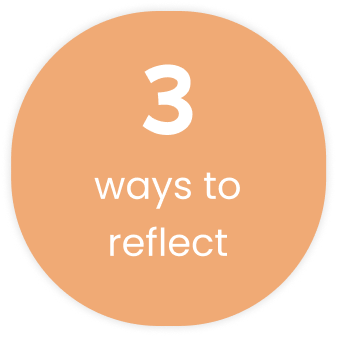

It all started with a simple question: How do we foster social connection?
As I observe daily life in Dublin I notice that although we move through shared spaces, genuine human connection has become rare, a thing that in the past was normal and ordinary. Urban life, with all the rush and digital distractions, has made it easier than ever to be near each other physically, but so far away emotionally.
Hey Stranger! is an app that helps people gently practice social confidence through simple, everyday challenges. The journey starts small with things like smiling at someone, leaving a note, or offering a thank you, and gradually builds toward bigger steps. Each challenge comes with tips and gentler alternatives, plus space to reflect and track progress.
Process Overview
Why Loneliness?
In recent years, loneliness has been described as a growing public health crisis. With the ever more present research on the topic, public institutions have begun treating loneliness as a public health issue, stressing the importance of third spaces, social prescribing, and community design in preventing long-term loneliness. Moreover, amid the fast pace of modern life, people increasingly lack the time, energy, and emotional willingness to engage with strangers, deepening social isolation. Cities are increasingly designed for efficiency over encounter, and public space is often privatised or unwelcoming. As a result, the natural opportunities for spontaneous connection are disappearing, reinforcing isolation as the default.
* (Holt-Lunstad et al., 2015)
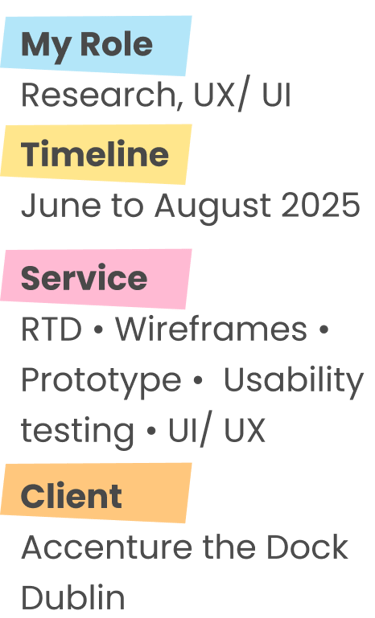

✦ 00 | THE START ✦
The project
Design is rarely a straight line. My process moves through research, sketching, prototyping, and testing—looping back when needed, always guided by curiosity and intention. From understanding the problem to shaping intuitive solutions, each step is about creating designs that feel clear, human, and grounded in real needs.
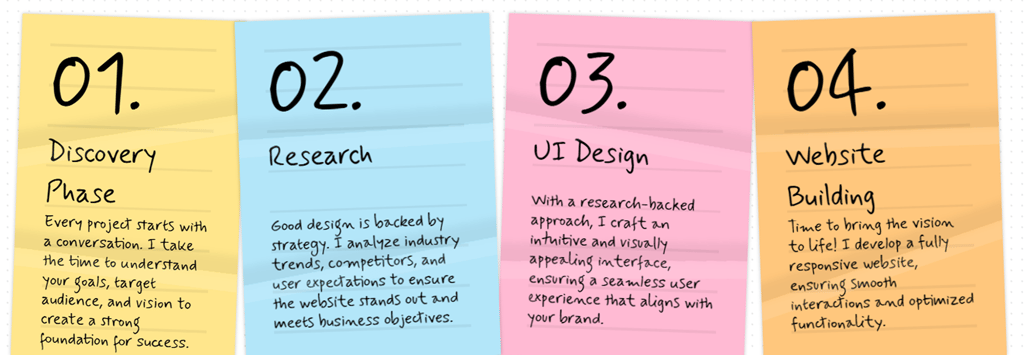

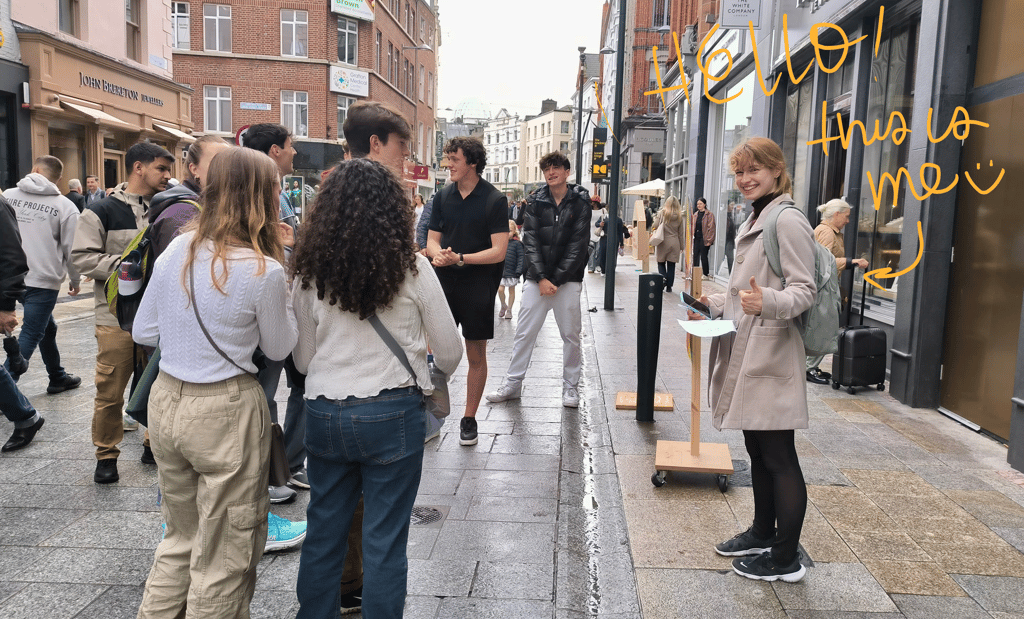



1. Research
Articles & Papers
Research through Design
Workshops & Probes
Interviews & Surveys


Fighting and researching the loneliness epidemic and encouraging moments of connection
Loneliness is rising even in busy cities. Many people—especially newcomers, young adults, and the shy, crave connection but struggle to initiate it. Social norms, digital distraction, and fear of awkwardness keep everyday interactions from happening.
Without small moments of presence and recognition, people feel isolated, invisible, and disconnected from their communities.
2. Define
How Might We
Opportunities
User Profiles
Customer Journey
3. Ideate
User Flow
Sketches
Wireframes
4. Hey Stranger!
Final Prototype
Improvements
Hero shots
✦ 01 | EMPATHISE & RESEARCH ✦




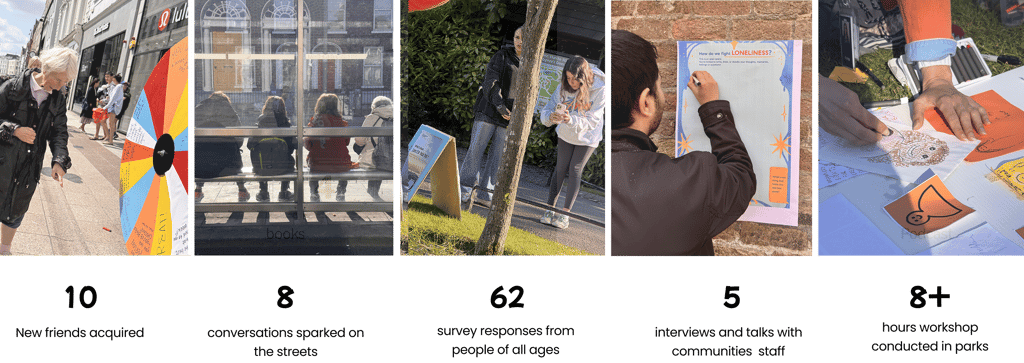

✦ THE IMPORTANT STUFF ✦





WHAT PEOPLE SAID:









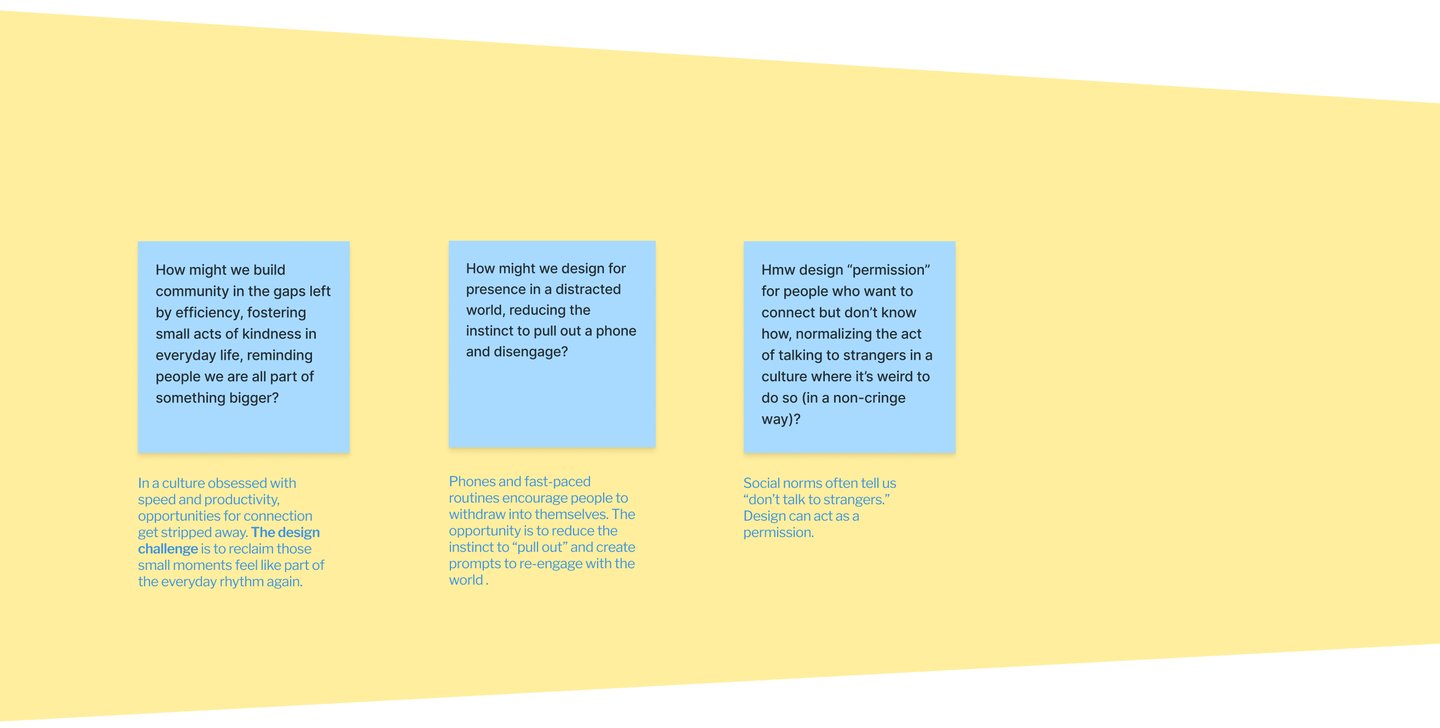

How might we:
Putting it all together:
2. Define
How Might We
Opportunities
User Profiles
foster a fleeting moment of connection between strangers in public urban spaces?
Before designing, I took the time to pause, listen, and connect the dots. I dove into the project’s context, gathering inputs, asking questions, and identifying the core challenge to solve.
This early stage is all about making sense of what’s there, spotting gaps, and shaping a clear, focused direction before anything visual takes form.

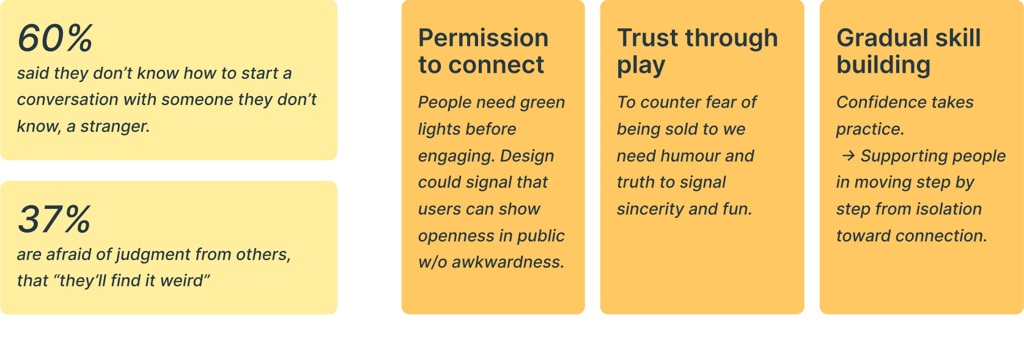

Highlighted Insights & Design Opportunities
The Insights:





USER PERSONAS





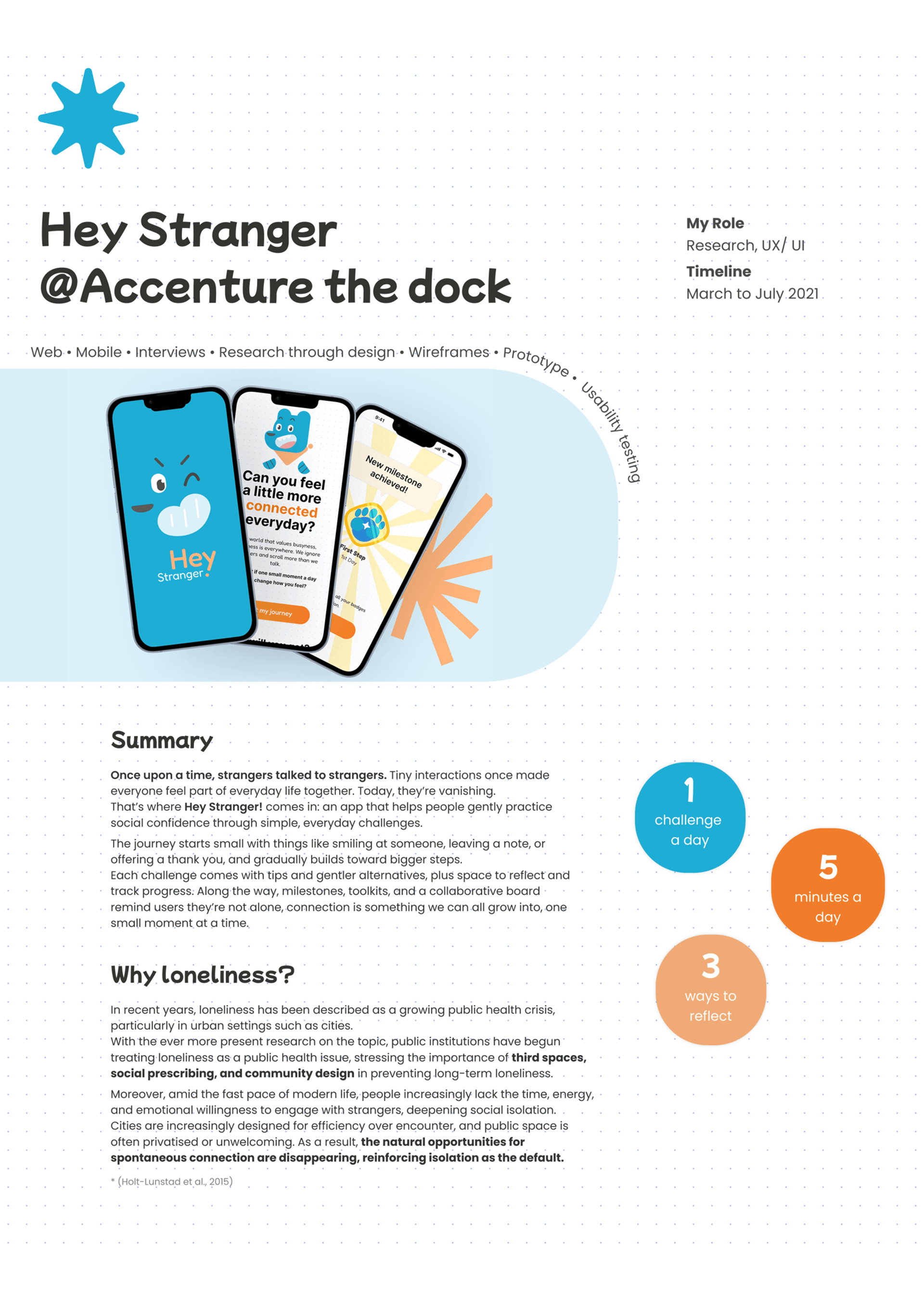
Let's create something together! :)
Have a project in mind or a question? Reach out via the button below, email me directly, or connect with me on social media.
💌 Hello@flipsieflopsie.com
© 2025. All rights reserved.